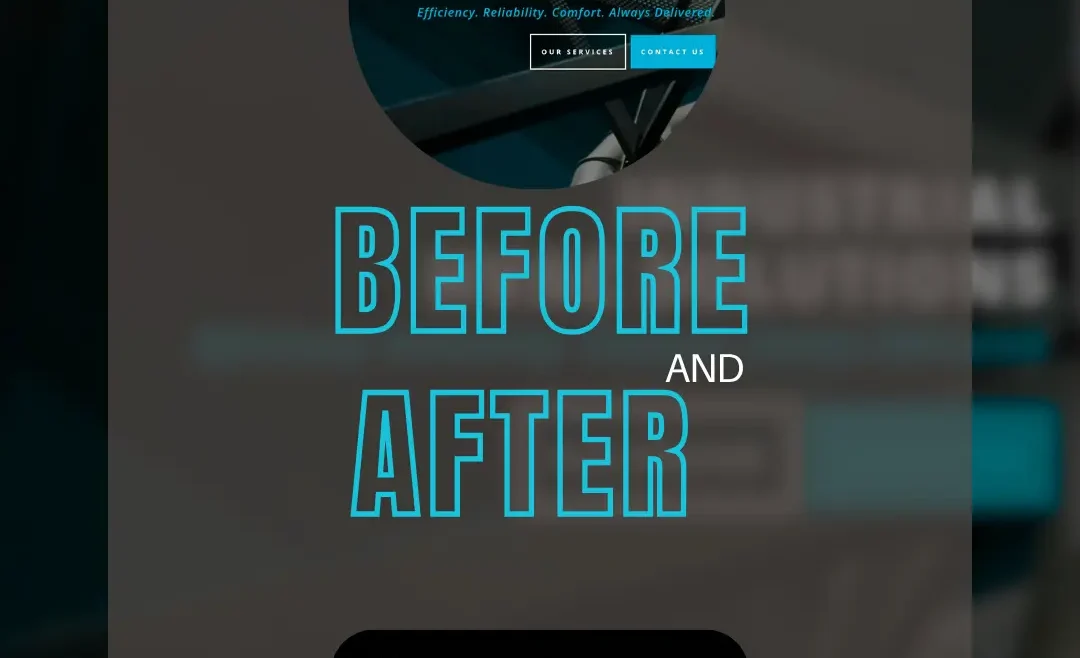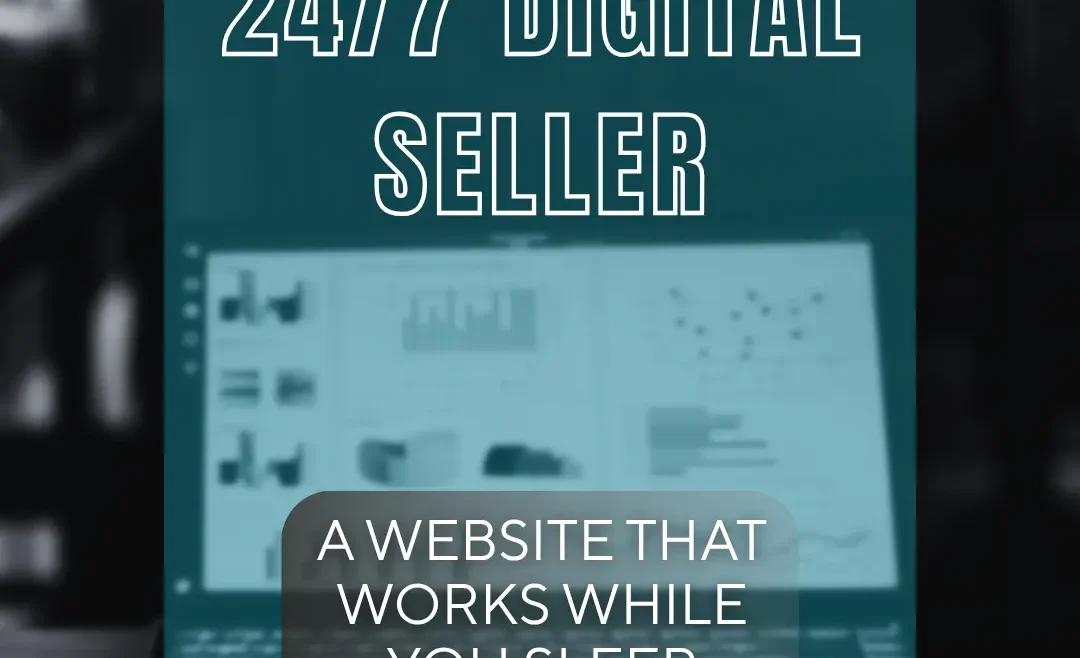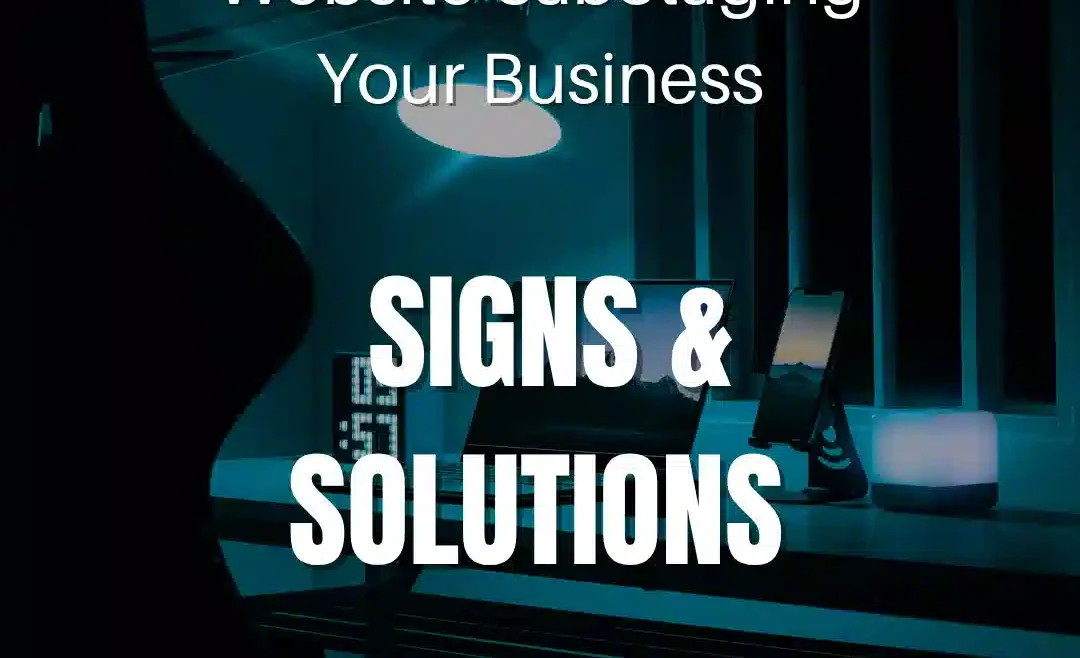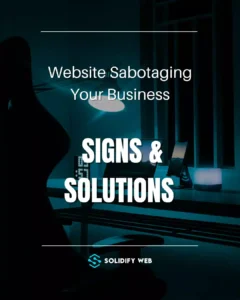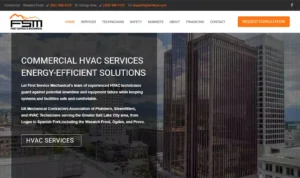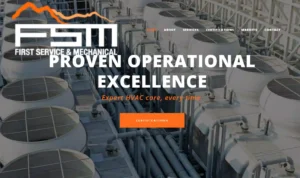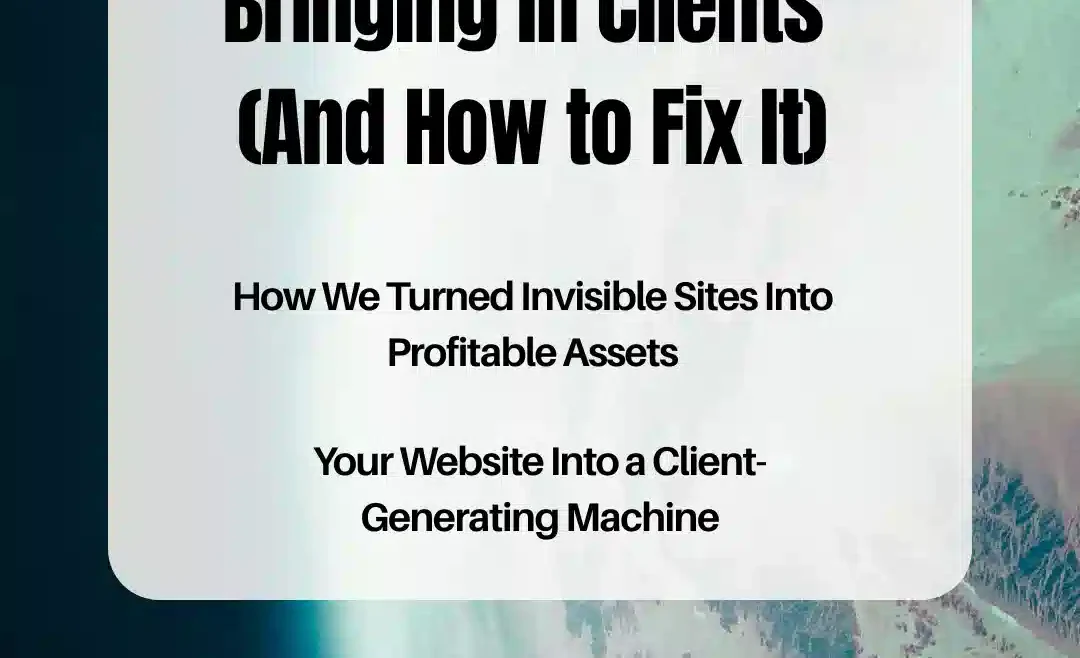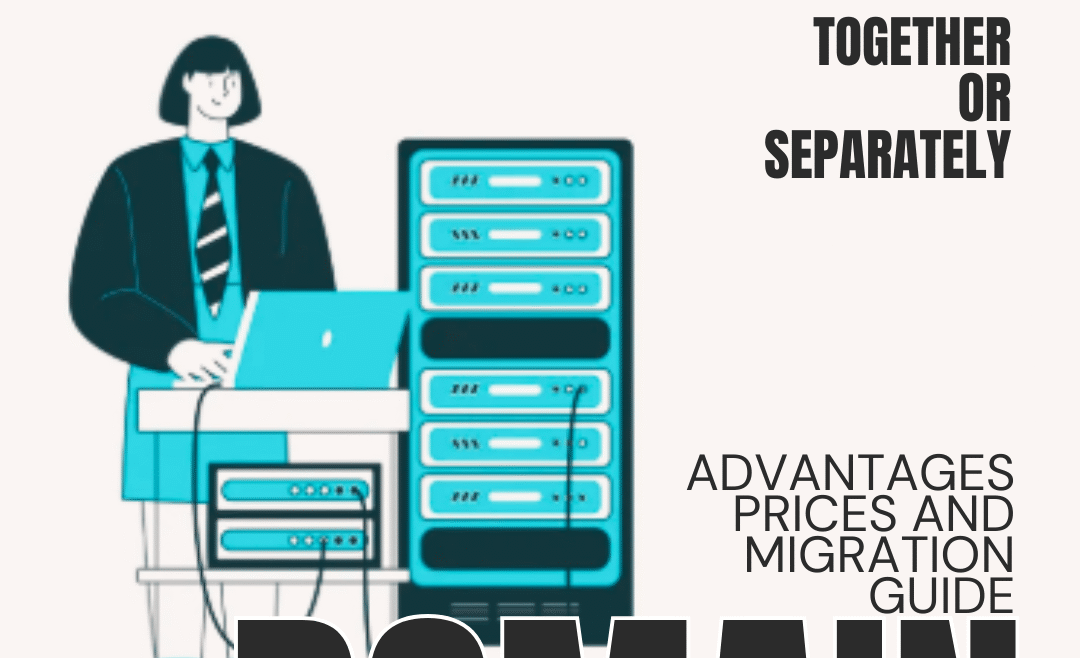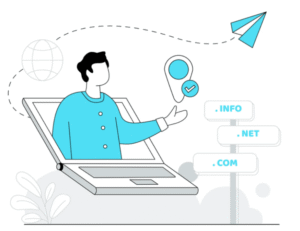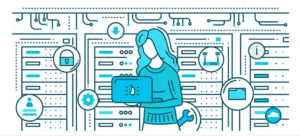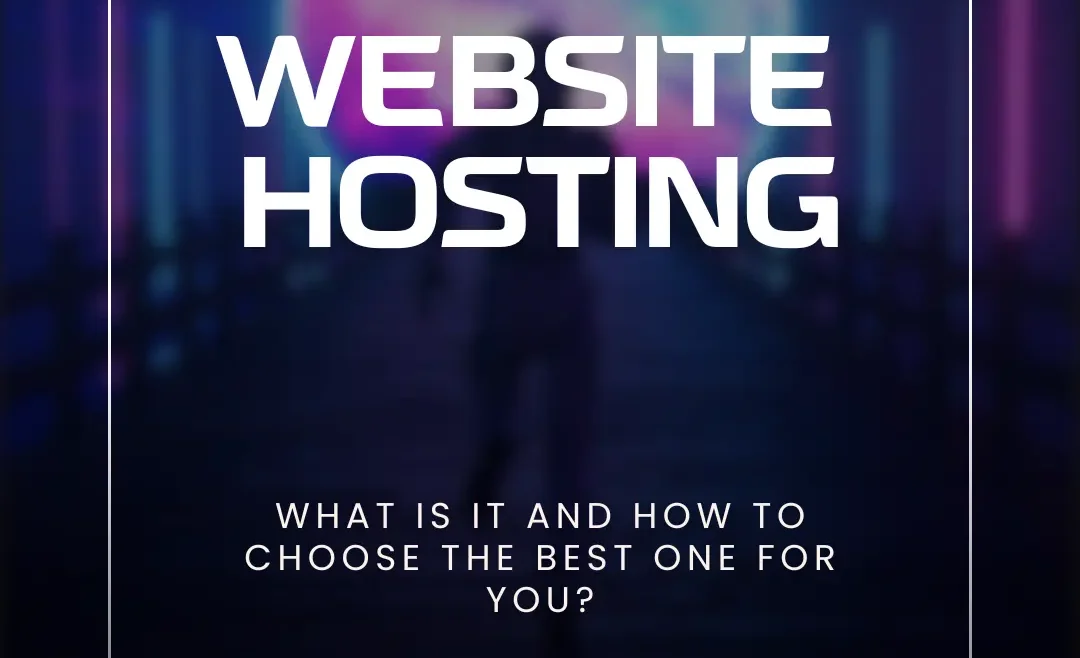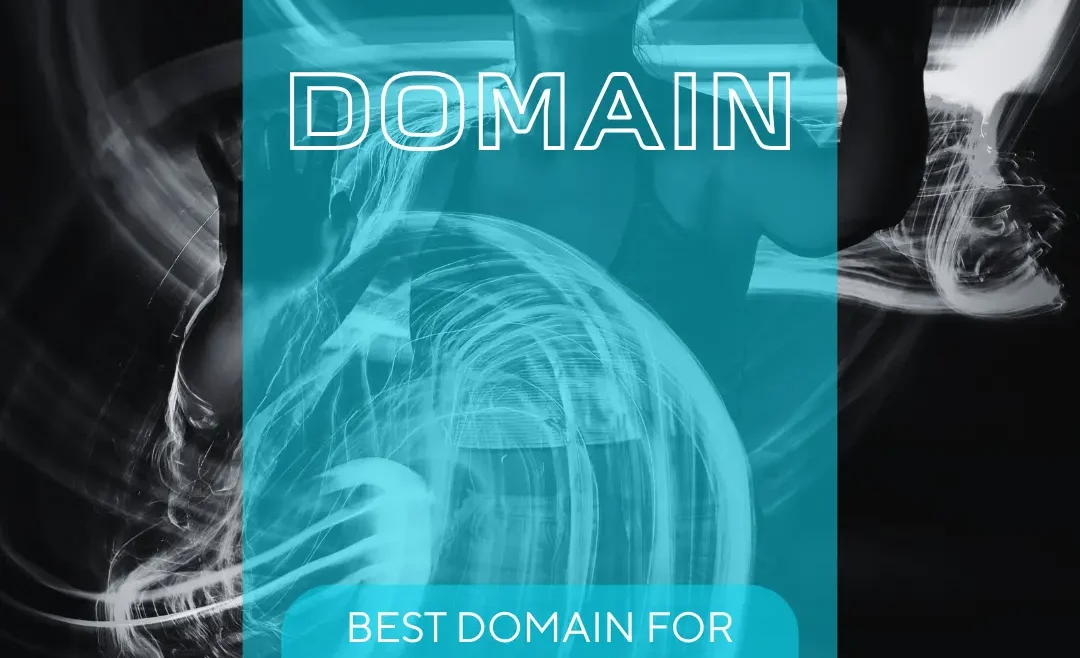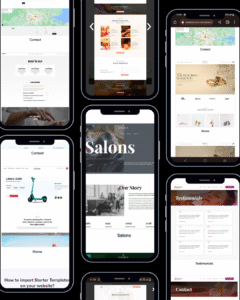Redesigning Your Website: Expense or Smart Investment?
Smart Website Redesign: A Key Investment for Online Growth
When Your Website Stops Representing Your Business
The digital world moves fast, and what worked yesterday may be obsolete today. An outdated design, poor user experience, or simply a website that doesn’t convert could be holding back your growth. Redesigning your website is not just a visual whim—it’s a strategic decision that can transform your online presence.
2025 and its web design trends
Signs You Need to Redesign Your Website
-
Your site looks outdated
Old-fashioned or unprofessional designs create distrust.
-
It’s not responsive (doesn’t adapt to mobile)
70% of web traffic comes from mobile. If your site isn’t mobile-friendly, you’re losing clients.
-
It doesn’t show up on Google
Without an SEO foundation, your site is invisible.
-
It no longer reflects your current brand
If you’ve changed your focus, services, or branding, your site should reflect that too.
-
It doesn’t generate clients
A website that doesn’t convert is the clearest sign you need a redesign.
The Common Mistake: Thinking of a Redesign as Just an Aesthetic Expense
Many see a website redesign as just an image or aesthetic expense. But it’s much more than that. An optimized website improves conversions, Google rankings, digital authority, and user experience. It’s a sales tool that works for you 24/7.
If you don’t see it as an investment, you risk continuing to spend on ads that drive traffic to a site that doesn’t convert.
Strategic Benefits of Redesigning Your Website
-
Increased conversions
A user-focused design with clear calls to action improves lead generation.
-
Better Google rankings
By implementing SEO structure, proper tags, speed optimization, and quality content.
-
Enhanced professional image
A modern design builds trust and helps you stand out.
-
More control over your content
New platforms let you edit your site without depending on third parties.
-
Ready for future strategies
Lead automation, CRM integration, and chatbots.
Your Best 24/7 Digital Salesperson
How to Know If You’re Ready to Redesign Your Website
-
You feel it doesn’t reflect your current level of professionalism
-
You struggle to explain what you do using your website
-
You’re investing in marketing but seeing no results from your site
-
You’re embarrassed to share your website link
-
Your competitors outperform you online
 If you said yes to two or more, it’s time to take action.
If you said yes to two or more, it’s time to take action.
Learn how you can redesign your website
Steps to Redesign Your Website with SolidifyWeb
-
Free diagnosis
-
Personalized proposal based on real goals
-
SEO structure and professional design
-
Integration with tools and continuous support
-
Delivery with training and guidance
Don’t Delay Your Brand’s Digital Growth
Sticking with a website that doesn’t convert is like running a store with no windows or salespeople. If you know your page needs a makeover, don’t wait until you “have time.” Now is the best moment to start generating real results from your online presence.
We share tips, trends, success stories, and recommendations to help your digital presence grow every day.
🔹 Facebook
🔹 Instagram
🔹 LinkedIn



